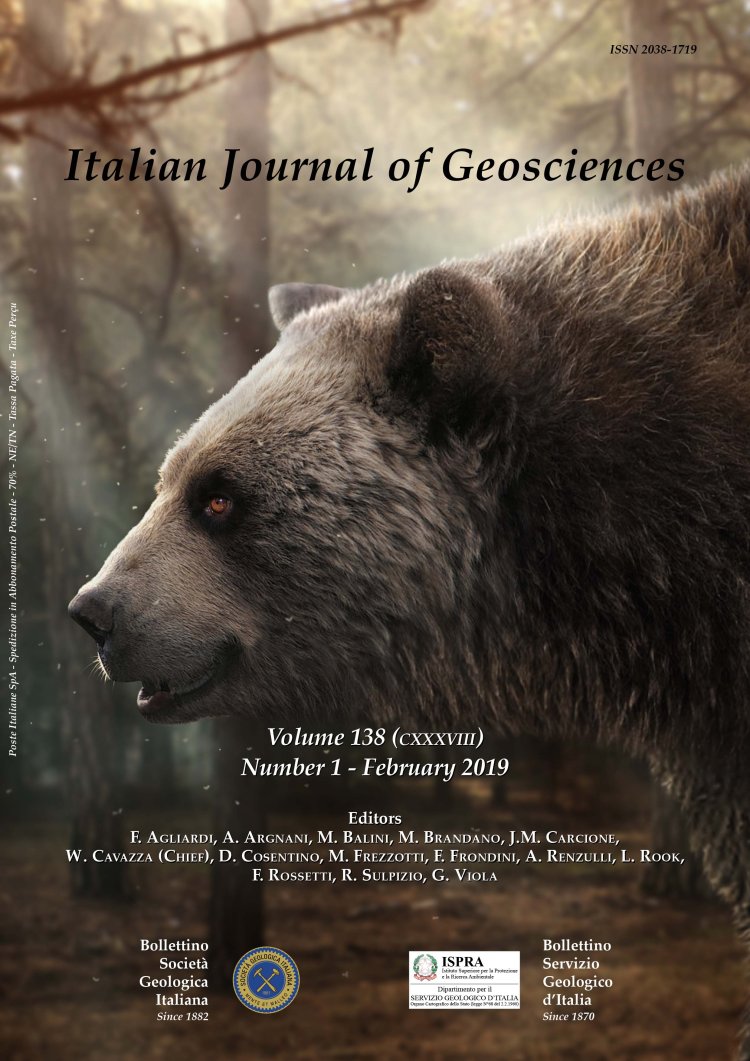
Characterization of building materials from the Anfiteatro Flavio (Pozzuoli, southern Italy): a mineralogical and petrographic study
Concetta Rispoli (1), Lorenzo Fedele (1), Claudia Di Benedetto (1), Renata Esposito (2), Sossio Fabio Graziano (1,3), Vincenza Guarino (1), Vincenzo Morra (1) & Piergiulio Cappelletti (1)
(1) Dipartimento di Scienze della Terra, dell'Ambiente e delle Risorse (DiSTAR), Università degli Studi di Napoli Federico II - Via Cupa Nuova Cintia 21, 80126 Napoli (Italy).
(2) Dipartimento di Studi Umanistici, Università degli Studi di Napoli Federico II - Via Porta di Massa 1, 80133 Napoli (Italy).
(3) Dipartimento di Farmacia, Università degli Studi di Napoli Federico II - Via D. Montesano 49, 80131 Napoli (Italy).
Corresponding author e-mail: concetta.rispoli@unina.it.
Volume: 138 (2019) f.1
Pages: 103-115
Abstract
This work is the result of a geoarchaeological investigation on the Anfiteatro Flavio, one of the most important archaeological sites in the Campania region (southern Italy), situated in an area of great geological and archaeological interest, the Campi Flegrei volcanic field. The aim of this research was to characterise building stones
employed for structural use, focusing on the type of materials and their provenance. The mineralogical-petrographic characterization of 27 samples from corbels and pillars involved X-ray powder diffraction analyses (XRPD), thin section optical microscopy observations (OM) and energy dispersive spectrometry microanalyses (EDS). The results revealed that the source materials are represented by two distinctive trachytic/phonolitic lava deposits. Pillar light grey block samples
are made of a feldspar-phyric (F-p) lava type that shares many petrographic and mineral chemical features with the Campi Flegrei Accademia lava dome, cropping out in the immediate proximities of the Anfiteatro Flavio. On the other hand, pillar grey block and corbel samples are made of an alkali feldspar and sodalite-phyric (KS-p) lava that has been correlated to an Ischian lava deposit based mainly of the peculiar composition of the observed amphibole crystals. Previous data attesting for the use of the Piperno welded tuff for the pillar grey blocks were likely driven by the “eutaxitic-like” fluidal oriented texture and by the alveolitization alteration displayed by the samples. This however does not exclude that the Piperno had been employed as a building stone for other structural elements of the amphitheatre. The use of the Ischia lavas as an exported building material had been never reported before, possibly suggesting that current knowledges about the use and trade of building materials in the Campania area during the Roman period need to be reconsidered.
Keywords
Get Full Text Supplementary Material